Art Display Exposes Fake Vermeer Painting, Rocking The Art Wrold
Imagine you are a student of a great and renowned artist. One day, you create a masterpiece to rival that of your teacher’s best efforts. Unfortunately, rather than receiving recognition, history forgets you and attributes your work to your master of renown. That’s what happened to one of the apprentices of one of the art world’s greatest painters.
Find out how the discovery of this forgery rocked the art world.
The Artist Of Great Renown
Even if you don’t know Vermeer’s oeuvre, ask anyone if they’ve ever seen this picture—chances are they have. This oil painting, called Girl With a Pearl Earring, is one of the most famous pictures in the world.
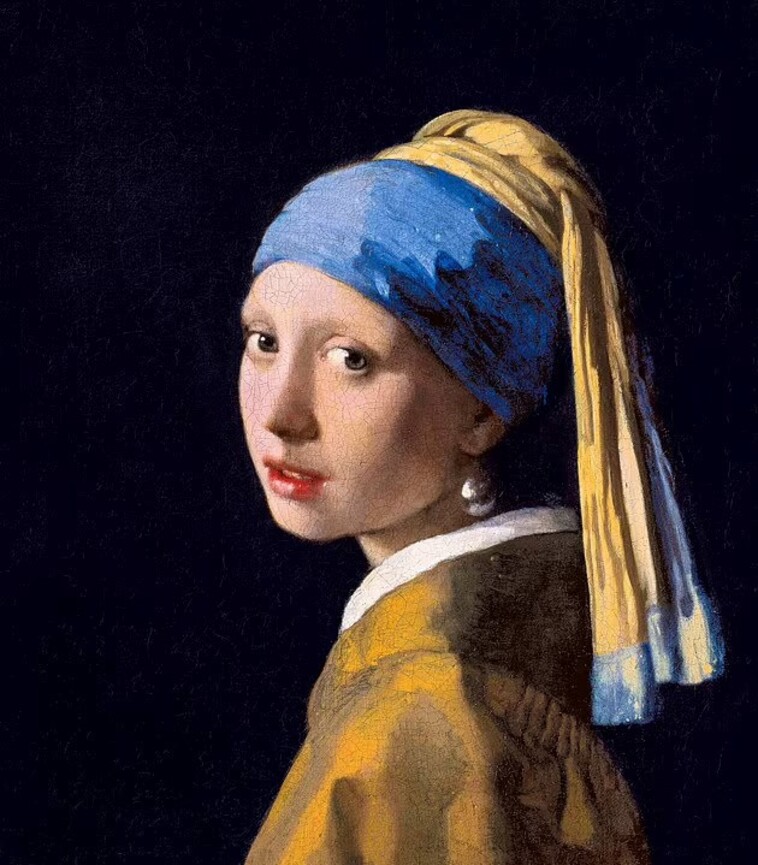
Source: National Gallery of Art
Many of the Dutch Golden Age painter’s other works could easily be considered some of the most famous art pieces in the world—as it turns out, not all of them are his. In 2022, a national exhibition announced that one of their four Vermeer “originals” may not have been original at all.
The Gallery That Revealed The Truth
Thankfully, the authorship of Girl With a Pearl Earring was not put into question. However, controversially, one of the four pictures in Washington, D.C.’s National Gallery of Art has been found to be falsely attributed to Vermeer. The discovery was made during the gallery’s closure at the time of the coronavirus pandemic.

Source: Wikimedia Commons
A team of curators, scientists, and conservators discovered the discrepancy and announced it to the public in a press conference. News of this finding has been highly divisive and has sent shocks around the art world.
The Painting In Question—Girl with a Flute
Girl with a Flute was thought for many years to be a Vermeer original. The woman depicted here through oil painted onto wood was the same model to appear in Vermeer’s painting, Girl with a Red Hat, itself an unusual work for the artist.
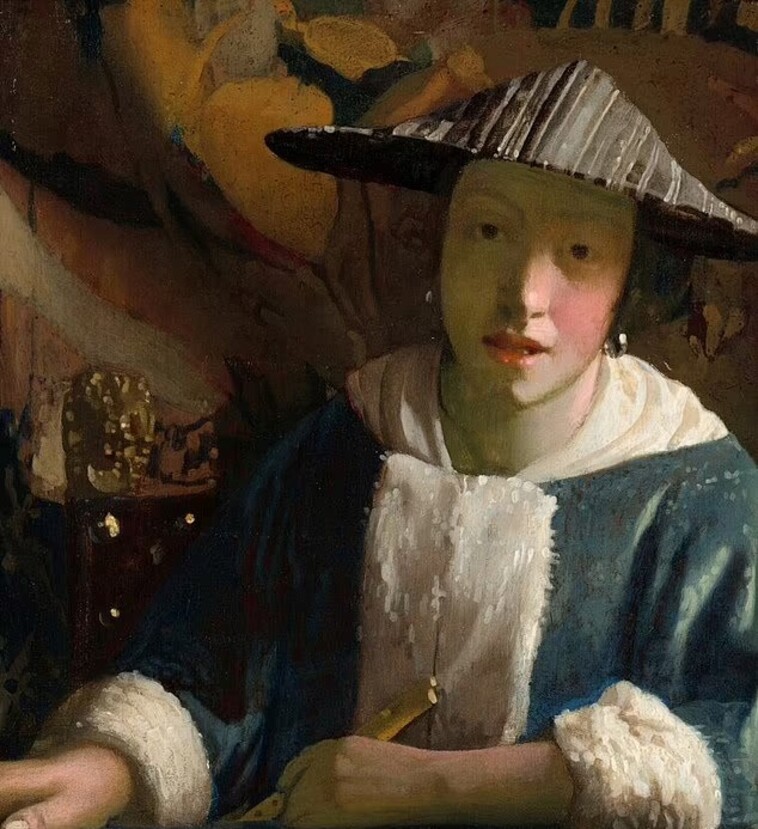
Source: National Gallery of Art
Her fur-lined jacket also makes an appearance in Vermeer’s The Concert and Woman Holding a Balance. As the picture was not a commission, the model’s identity is unknown. What is known, however, according to the National Gallery of Art, is that this is not an original Vermeer.
Similarities With Girl With a Red Hat
Any casual observer would miss the qualities that distinguish the authorship of this painting from Girl with a Flute. Indeed, for almost 400 years, experts and collectors admired and traded Girl with a Flute as a certified Vermeer. Only recently did its status change, thanks to the observant historians at the Gallery in Washington, D.C.
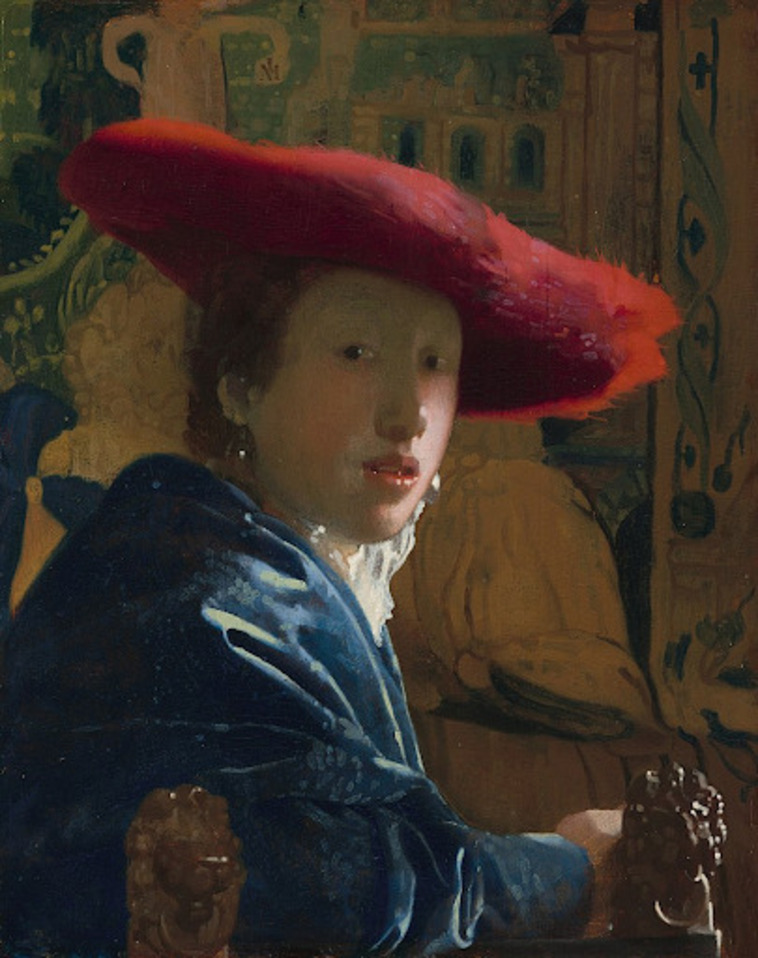
Source: Wikimedia commons
The differences are subtle, but the officials at the National Art Gallery claim with “90% certainty” that the painting was made by someone in the studio of Vermeer—not the Dutch Golden Age artist himself.
If Not Vermeer, Who?
In a press release to the public, the National Art Gallery said that the painting was likely—in part or fully—created by someone close to Vermeer. This includes an underling, likely a direct apprentice, or a family member of the great painter.

Source: Wikimedia commons
They drew this conclusion from the fact that the texture of the painting was cast too roughly to be one of the Old Master’s works, not meeting the smooth consistency that Vermeer is known and highly regarded in the art world for—lacking the same control and subtlety.
The Golden-Age Master
Johannes Vermeer was a Baroque-era painter who lived in Delft, Netherlands, during the late 17th century. One of the greatest painters of the Dutch Golden Age—his paintings are known for their exceptional use of light, color, and composition.
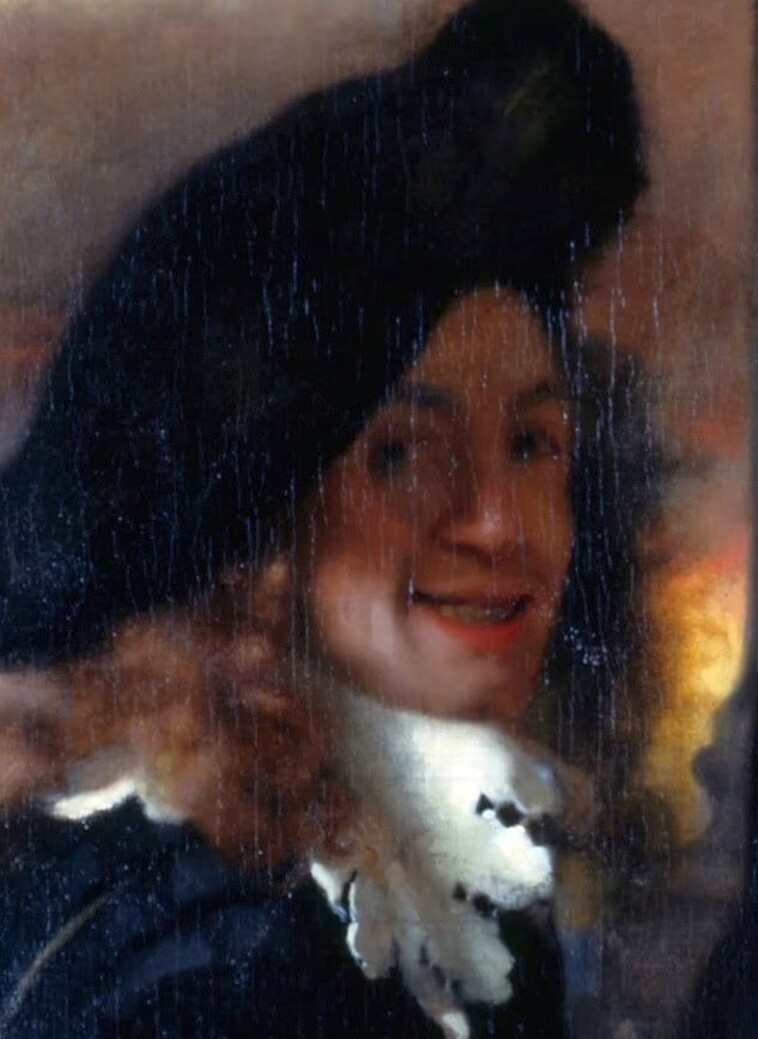
Source: National Gallery of Art
Vermeer’s paintings are scenes of everyday life, often featuring women and children in domestic interiors or outdoor settings. Besides all the acclaim he received for painting Girl with a Pearl Earring, The Music Lesson, and The Kitchen Maid also make him one of the most well-recognized painters in the art world.
Vermeer’s Genius
Vermeer’s use of light creates a sense of realism, and his scenes exude tranquil atmospheres. It is thought that he used a technique called “camera obscura” to project the outside world onto his canvas, allowing him to capture the effects of light with exceptional accuracy.
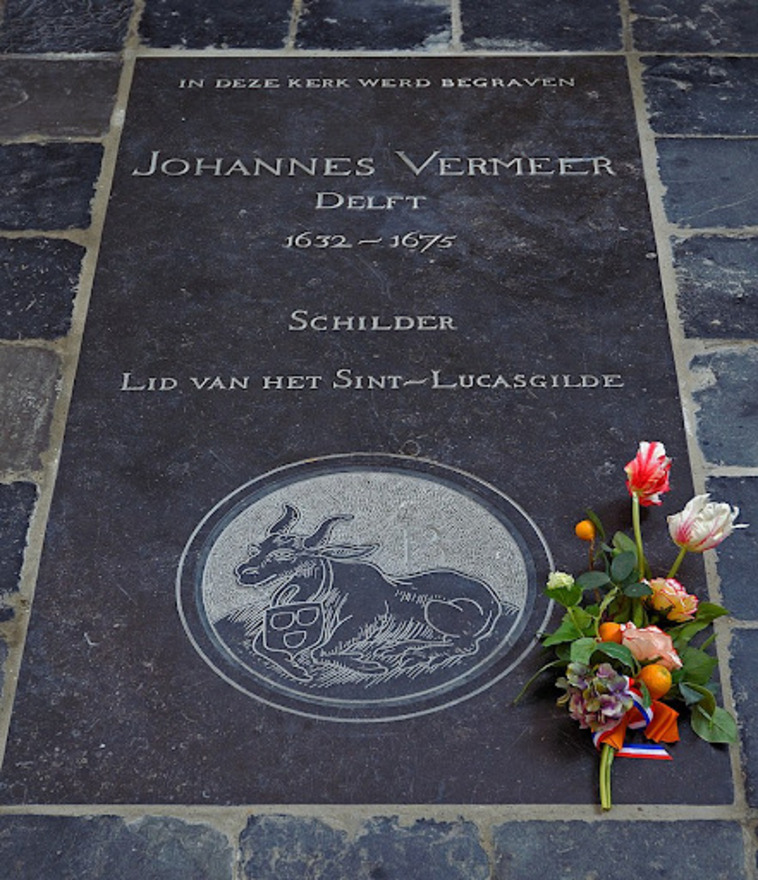
Source: Ввласенко/Wikimedia Commons
A careful balance between the figures, objects, and background characterizes his compositions. Though known, Vermeer was not widely recognized during his lifetime, and only a shortlist of his paintings survives today. It seems that the list has become even shorter.
The Illusive “Studio Of Johannes Vermeer”
History dictates that Johannes Vermeer was not known to have had any formal apprentices, and there is little information about his studio or school to be found in the historical record. Little is known about Vermeer besides the fact that he dedicated himself almost wholly to his craft.
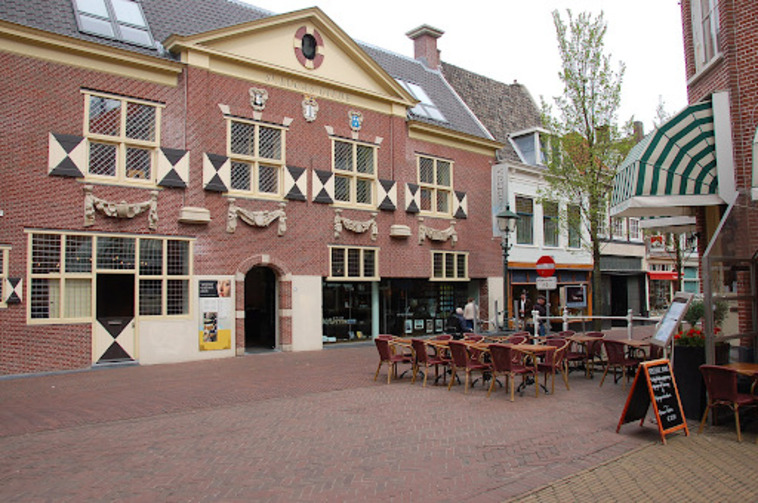
Source: Ralf Roletschek/Wikimedia commons
However, with the revelation that Girl With a Red Hat was not one of his own, the idea that he worked entirely alone, taking no apprentice, was thrown into question. After all, these arrangements were common practice in Vermeer’s time.
The Master’s Own Apprenticeships
Despite a few notable exceptions, artists rarely flourish on their own. Vermeer, influenced by the works of Caravaggio and other artists of the Dutch Golden Age, as well as the Italian master painters, was a member of the Delft Guild of Saint Luke—a trade organization for artists.
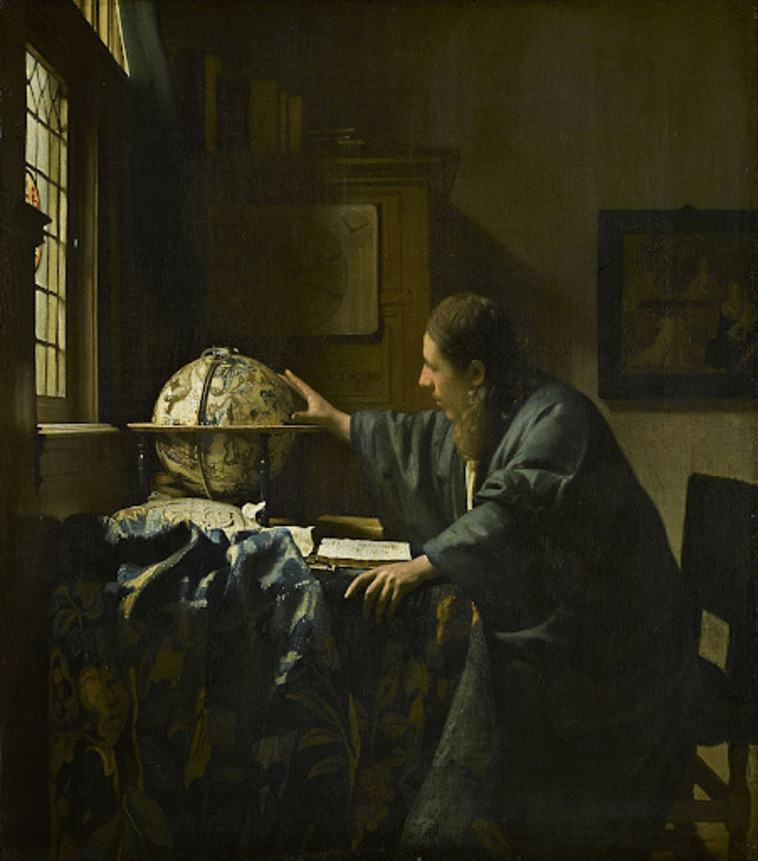
Source: Wikimedia Commons
It is likely that he trained under local artists in Delft. While Vermeer was not associated with any particular artistic movement, his work is often considered by experts to be a part of the 17th-century Dutch Realist style.
How Was This Discovery Made?
How did the historians at D.C. notice this discrepancy after so many others had not? The current exhibit is the result of an investigation made possible due to the global Coronavirus pandemic and the subsequent closure of the National Gallery from March 2020 all the way to May 2021.

Source: AgnosticPreachersKid/Wikimedia commons
Under normal circumstances, Vermeer’s four highly prized paintings would remain permanently on display for the public to view and admire. Still, even their temporary removal for study purposes caused a stir among visitors who missed seeing them.
The Science Behind The Finding
With the museum officially closed to visitors, the experts at the National Art Gallery took advantage of the opportunity to thoroughly examine the paintings using advanced techniques such as X-ray fluorescence (XRF) imaging spectroscopy and microsampling analysis.
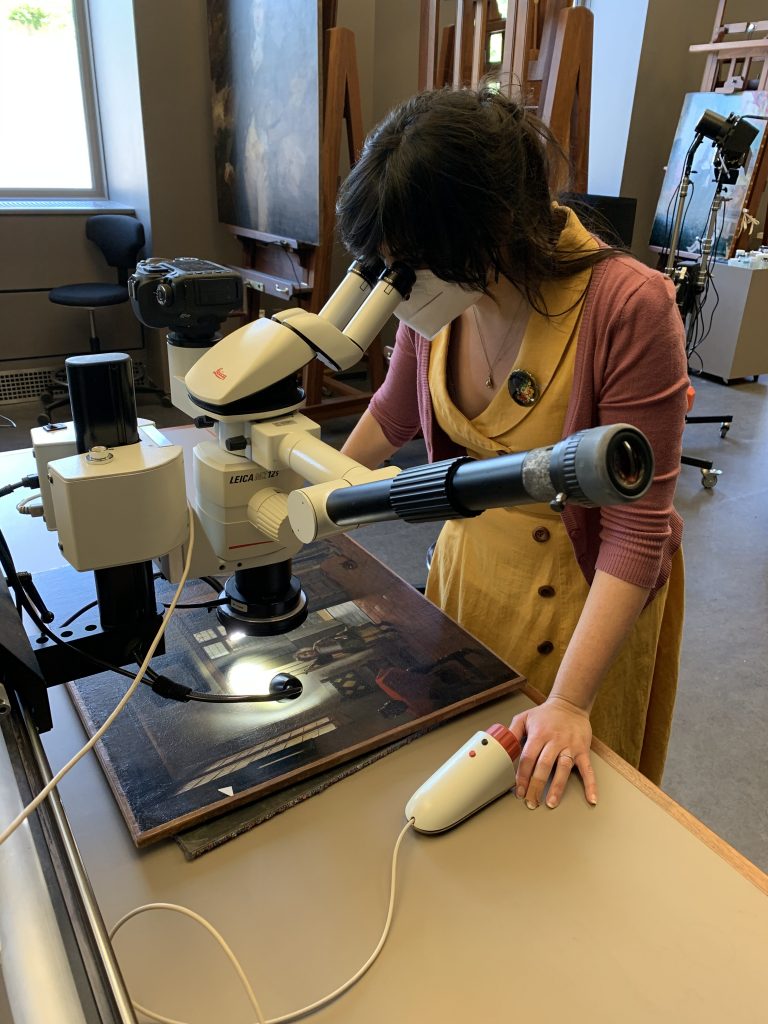
Source: National Gallery of Art
These procedures provided a closer look at the pigments and patterns beneath the surface, even revealing changes made by the artist that were previously unseen. In other words, they could even study where the painter had gone back and changed their mind on specific details of the picture!
Peeling Away The Layers Of Art History
Girl with a Flute wasn’t the first work to be subject to this scale of scientific scrutiny, of course. Some of Vermeer’s actual paintings have been under the microscope as well. The results of these studies have revealed fakes brought fascinating findings of their own— revealing much about the long-dead Dutch master and his work.
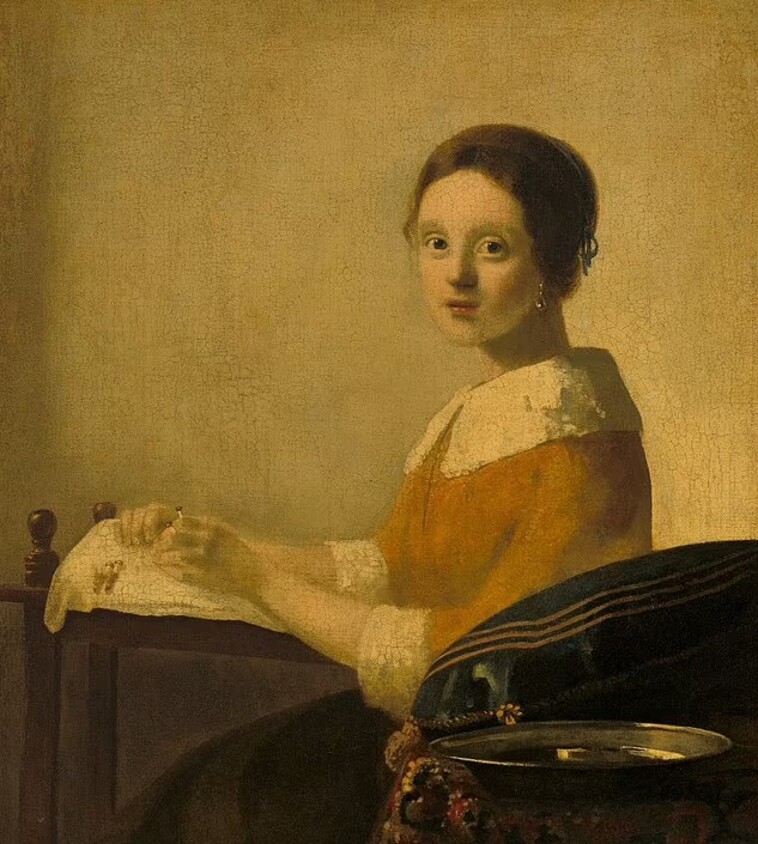
Source: National Gallery of Art
The researchers—curators, conservators, and image scientists—utilized various methods to study his techniques. One technique was “XRF spectroscopy,” which they used to map out how elements like copper were used in Vermeer’s paintings.
Secrets Beneath The Paint
The D.C. National Art Gallery researchers also used false-color infrared reflectance imaging, which helped them identify thicker, more noticeable brushstrokes of lead white underneath a painted wall’s soft glow. Here’s an example from Vermeer’s Woman Holding a Balance showing what they uncovered.
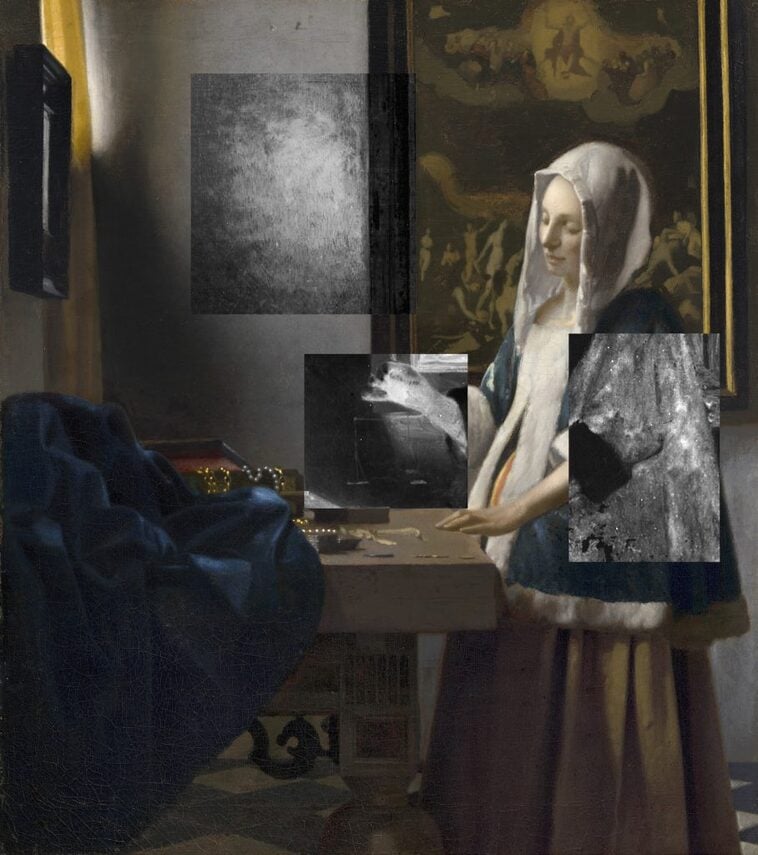
Source: National Gallery of Art, Washington, Widener Collection
The image depicts a woman holding a balanced set of scales. But, the researchers found this was a different idea than Vermeer had first intended. By filtering through the hidden layers of paint, they discovered that the woman was initially featured holding the scales unevenly.
The Girl with a Red Hat’s Transition
Scans of the “Girl with a Red Hat” revealed details that would otherwise never have been discovered: The painting’s subject went from a man in a wide-brimmed hat, cloak, and collar to a woman in a red hat. This may have marked a turning point in Vemeer’s style.
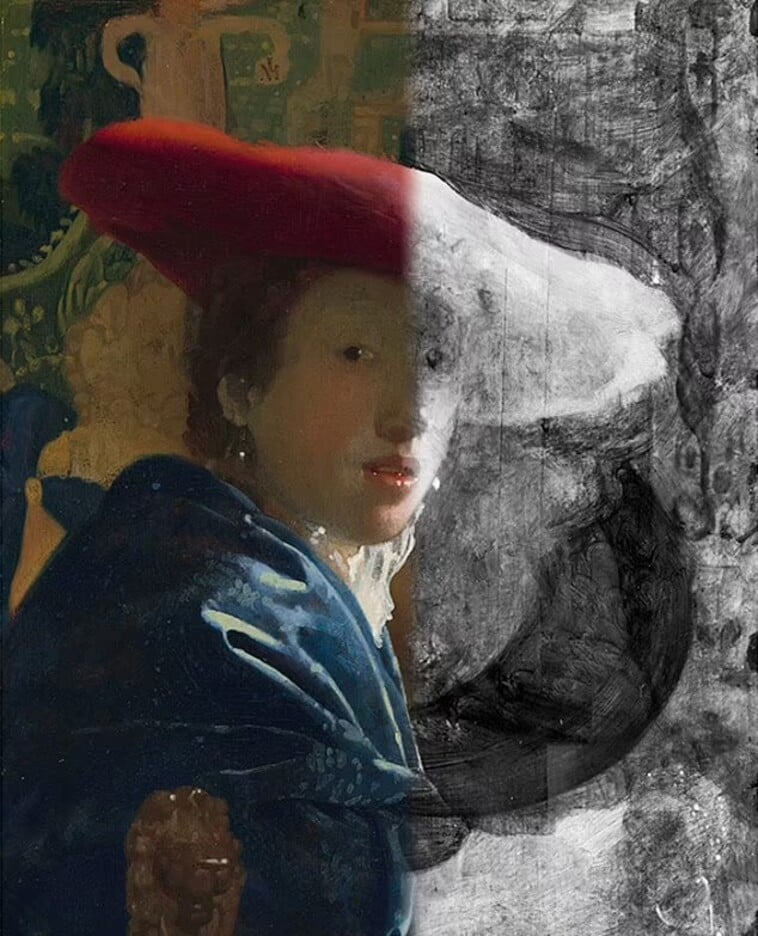
Source: National Gallery of Art
He took the exaggerated light and dark contrasts that he had previously reserved for the image’s under paint and placed them on the final layer we see today. This implies that Vermeer painted it much later in his career than previously thought.
A Look Behind The Curtain Of Time
The same process of analyzing the composition was done for A Lady Writing A Letter, featured here. It showed that the woman in the painting was initially holding the quill upright as if they were in the middle of writing. This provides a subtle look into a genius mind.
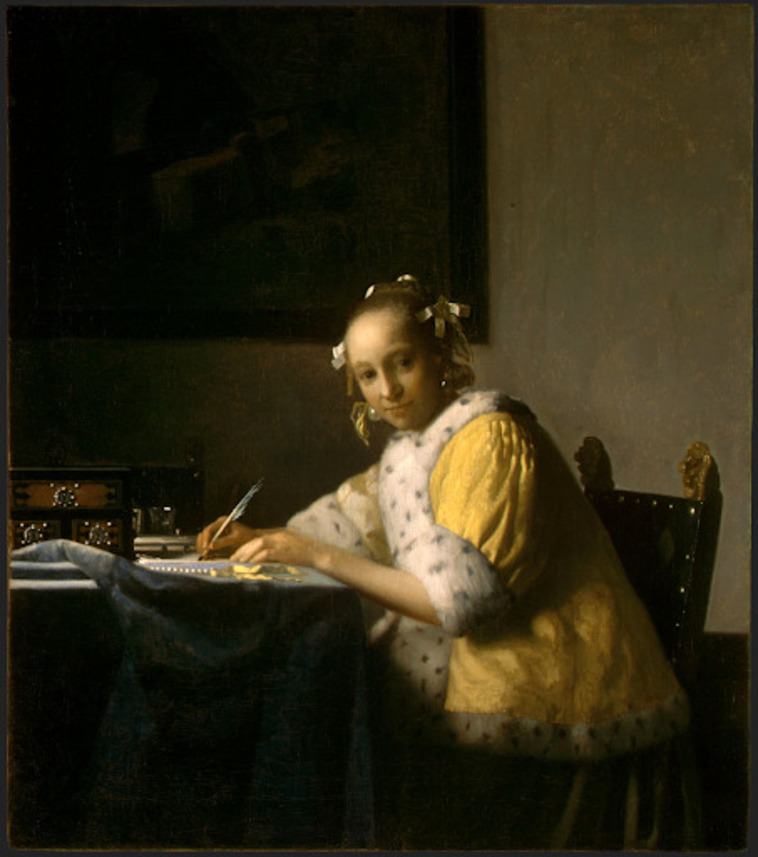
Source: Wikimedia commons
“We examine the painting using two interactive modes: visible and infrared light reflection and elemental mapping,” said John K. Delaney, a senior imaging scientist at the National Gallery. “However, these techniques don’t provide layered stratigraphy, unlike a CT scan.”
The Finding Was Accidental
In plain English, a CT scan’s layered stratigraphy can describe what’s happening under the surface of the paint as well as how far, which can help researchers build a better timeline. Neither elemental mapping nor infrared light reflection can measure depth.
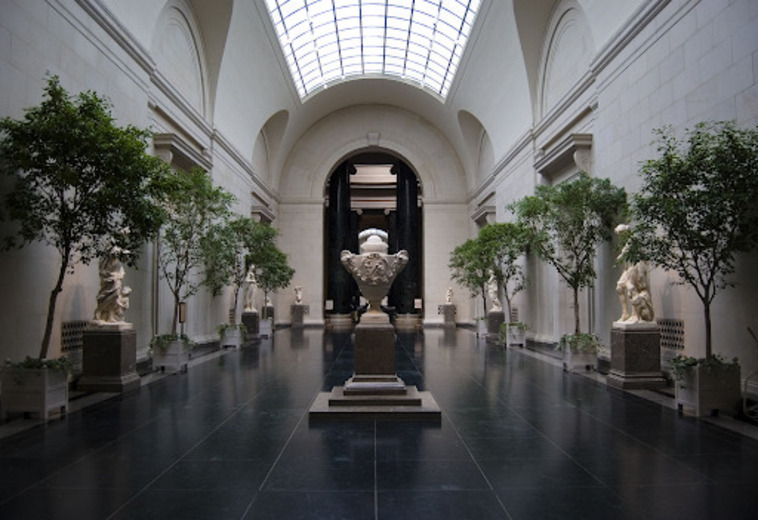
Source: Katharinavc/Wikimedia Commons
For this reason, the researchers had to use their eyes and take micro samples—tiny scratches from the surface—to map the layers under the painting. It was during an intimate look at Girl with a Flute that they realized something was off about the painting.
Why The Painting Still Has Links To Vermeer
The researchers ruled out that the Girl with a Flute is a copycat piece. They believe that the painting was made during Vermeer’s lifetime. Besides the fact that this artist used the same model for this tronie—a non-commissioned portrait for commercial sale—it has similarities to Vermeer’s Girl with the Red Hat.
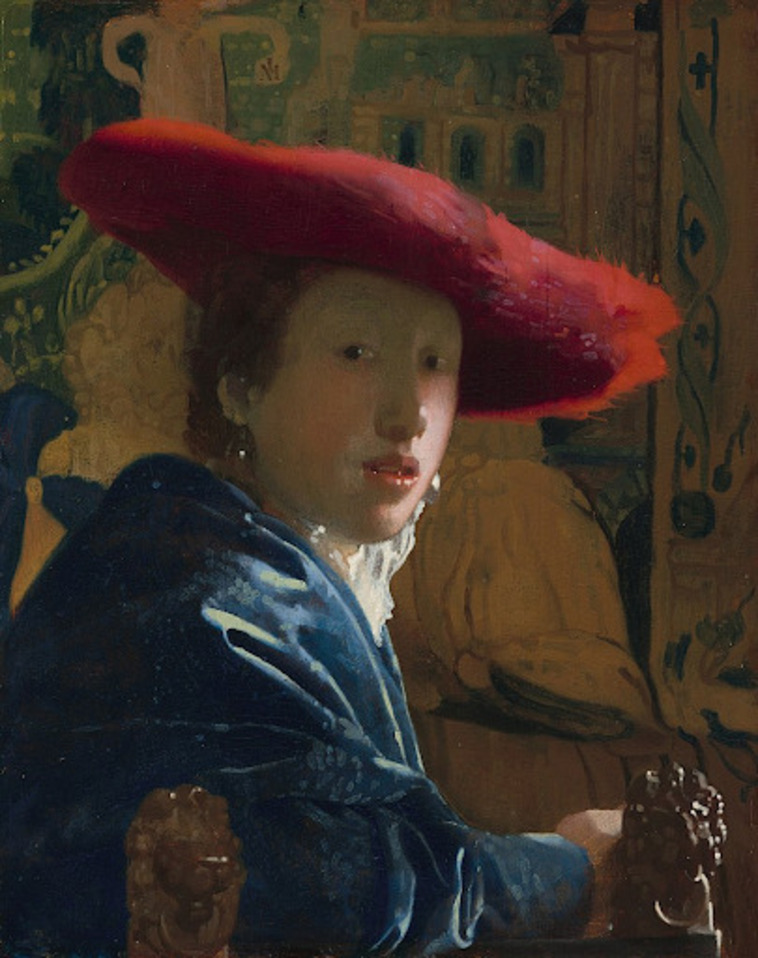
Source: Wikimedia commons
The technique is almost too similar for another artist to have captured, but it is also identical in size, and in that, it was, like Girl with the Red Hat, it was painted with a wood panel support.
Spot The Differences
One researcher noted that Vermeer used earth green to shadow faces in his paintings, a highly-unusual technique among Dutch painters during his time. A green shadow in Girl with a Flute would suggest Vermeer as being the original painter.
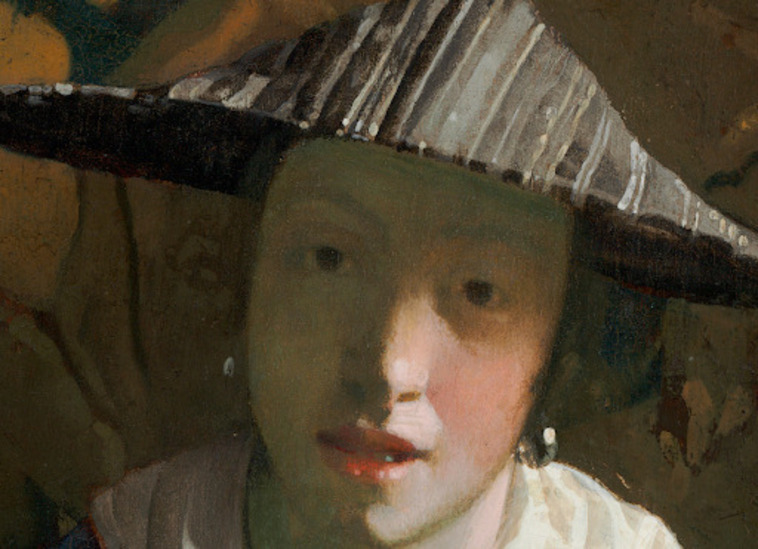
Source: Alamy
The microsampling and imaging results showed that the artist for Girl with a Flute used smaller brushstrokes for the surface and larger, quicker ones for the underlayer, in contrast to Vermeer’s recognizable approach in which he deployed small strokes under the surface and larger ones on top the top layer.
The Gallery’s Statements On The Real Painter
National Gallery officials could only theorize about the real author of Girl with a Flute. There is no evidence of any students registered with the local painters guild or mention of friends or family receiving lessons from Vermeer.

Source: Wikimedia commons
“The idea that Vermeer had a studio is not widely discussed,” said Marjorie E. Wieseman, curator and department head of northern European paintings. “he’s always been thought of as the lone genius. Why would he have needed a studio when we only know of about three dozen paintings by him?”
More Evidence Kept Coming To Light
Other evidence gave away the true artist’s identity—or rather, disproved it. For example, Vermeer used small highlights to dapple the lips of his subjects. The technique of adding tiny dots to reflect a nearby color was likely observed by the artist behind Girl With a Flute—but not mastered.
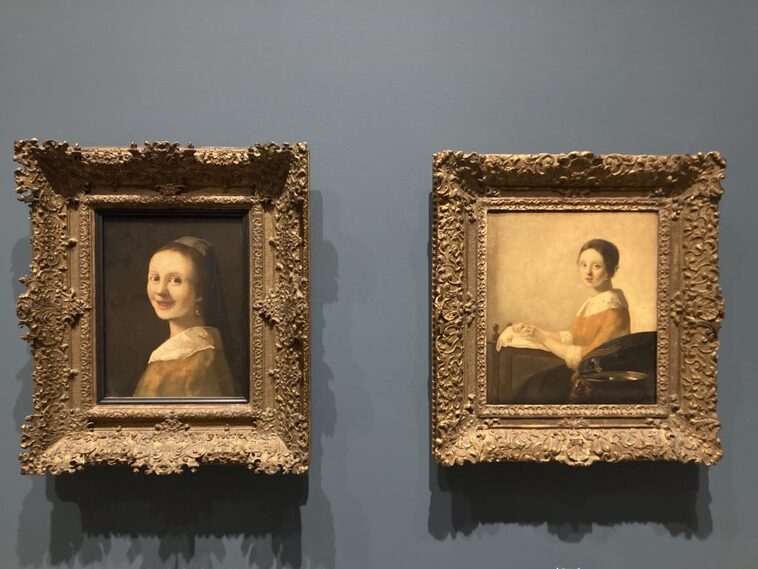
Source: Philipp178/Wikimedia commons
Wiseman noted that this botched reflection on the subject’s lip looked more like “an errant piece of spinach in her teeth” than a lifelike reflection made on a person’s mouth. This would not be the first case of mistaken identity.
Not The First Time
Not every gallery would be brave enough to announce to the world that one of their paintings, which had for such a long time been considered a masterpiece, was not one of the painter’s original works—or at least not so loudly. Once the world began opening up, the gallery made this finding a part of an event.
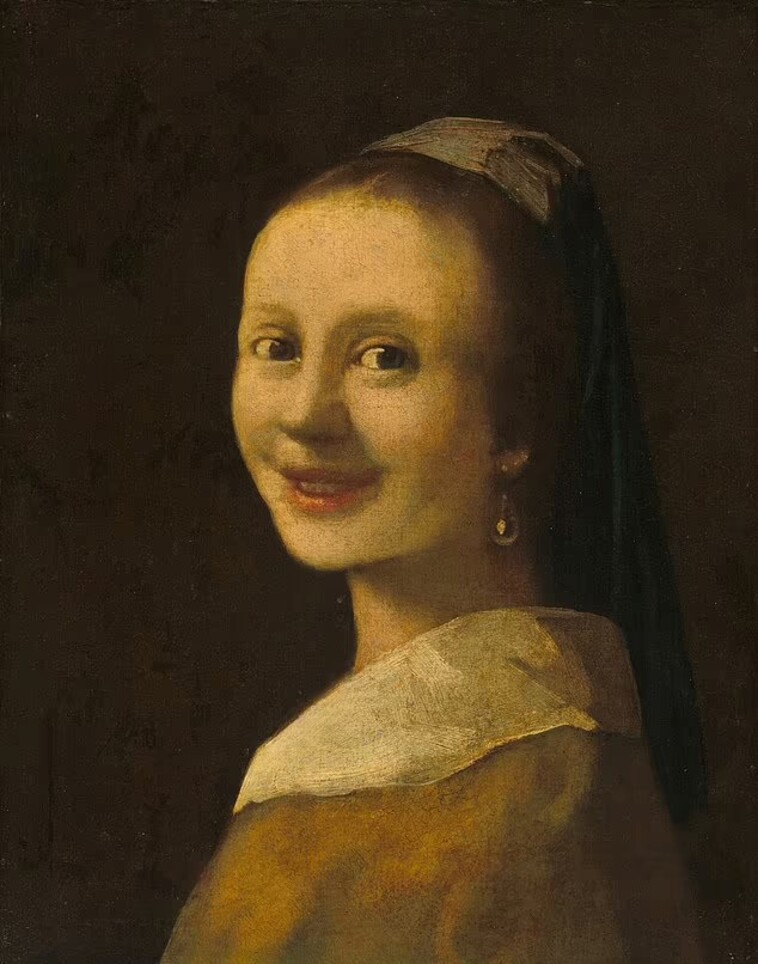
Source: National Gallery of Art
Fakes—such as The Smiling Girl—have been seen throughout history. One phony reproduction of Girl with a Pearl Earring took years to discredit and was ultimately done so, thanks to scientific advances.
There Was Always Some Skepticism
The Girl with a Flute discovery didn’t come completely out of the blue. The museum noted that they had always attributed the painting to Vermeer with caution. They were simply glad to have closed the case on one of the art world’s biggest questions.
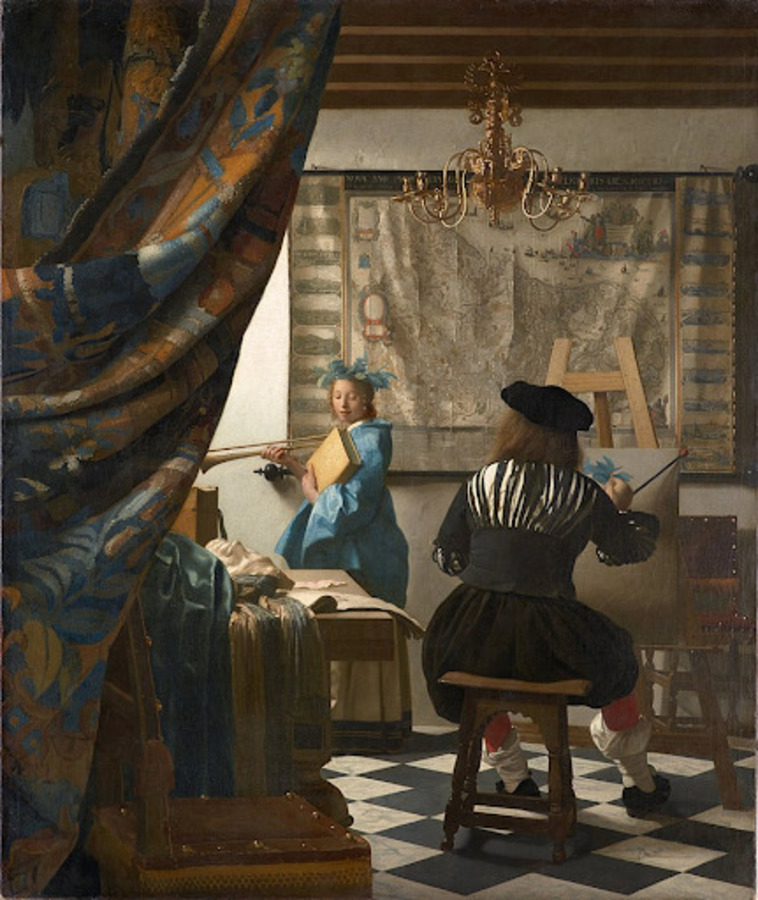
Source: Wikimedia Commons
But in answering one question, they have opened the way for many more. If this was the work of an apprentice, how did Vermeer’s studio function? Could more of his pieces be out there from his hand or his students? Who was this apprentice?
The Art World’s Reaction To The News
While there is consensus about the gallery’s findings, it is not universal. The Rijksmuseum, the national art museum in Vermeer’s homeland of the Netherlands, controversially labeled the painting one of the old master’s original works and not of his studio.
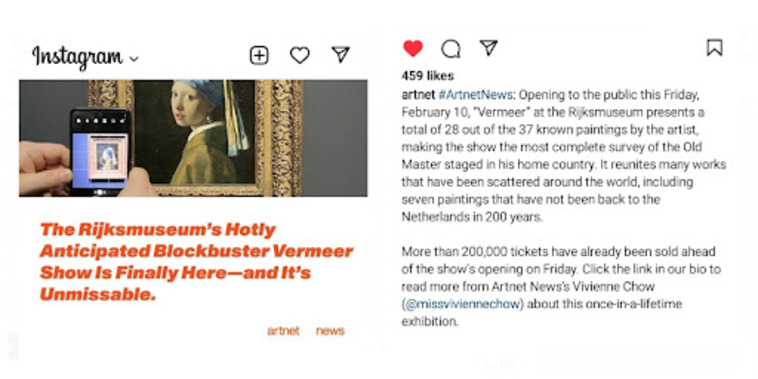
Source: artnet/Instagram
This attribution implies that they do not consider the D.C. National Art Gallery’s findings to be correct—either that or they do not want the discovery to overshadow the event, which promised to be a blockbuster show.
Meeting Expert Criticism
The National Art Gallery has taken sharp critiques from professional critics for the announcement as well. Art historian Eric Sluijter challenged the National Gallery of Art’s conclusions on the authenticity of Girl with a Flute. He says their research is credible but not without flaws.
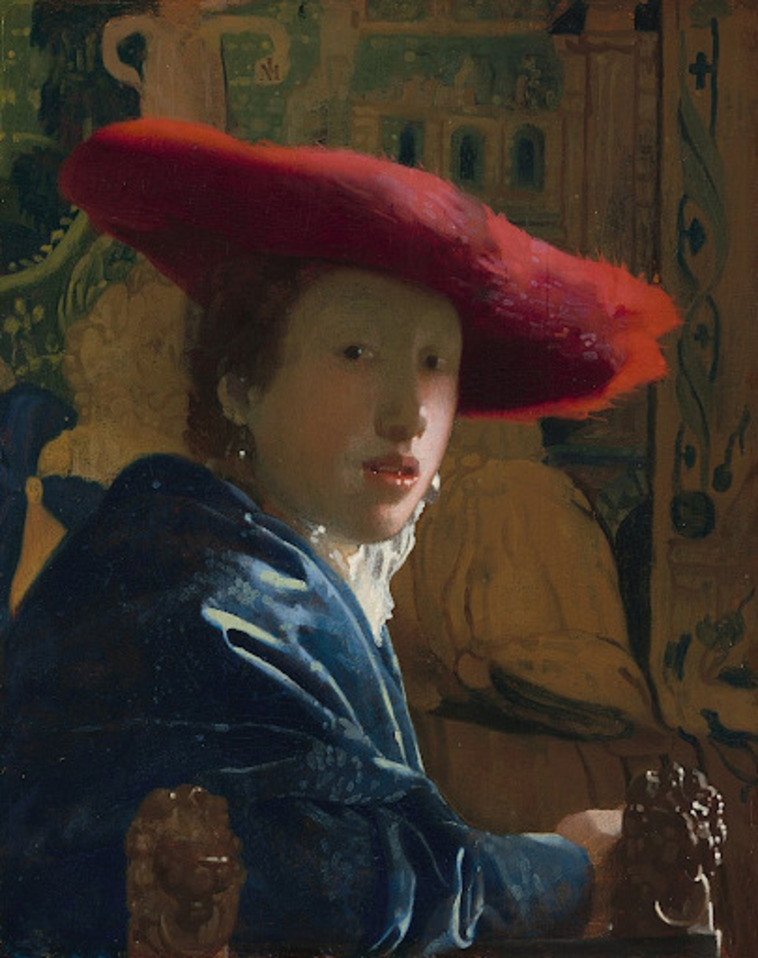
Source: Wikimedia commons
Sluijter notes that the painting Girl with the Red Hat, which is similarly composed and painted on wood as Girl with a Flute, also shows similar deviations from Vermeer’s technique. However, despite this, it is still considered authentic by the gallery.
What Does The Future Hold For “Girl with a Flute?”
Kaywin Feldman, director of the gallery, said that the discovery of other artists working alongside Vermeer is “one of the most significant findings about [him] to be discovered in decades,” adding that she is “proud of the team who worked together to study these paintings.”
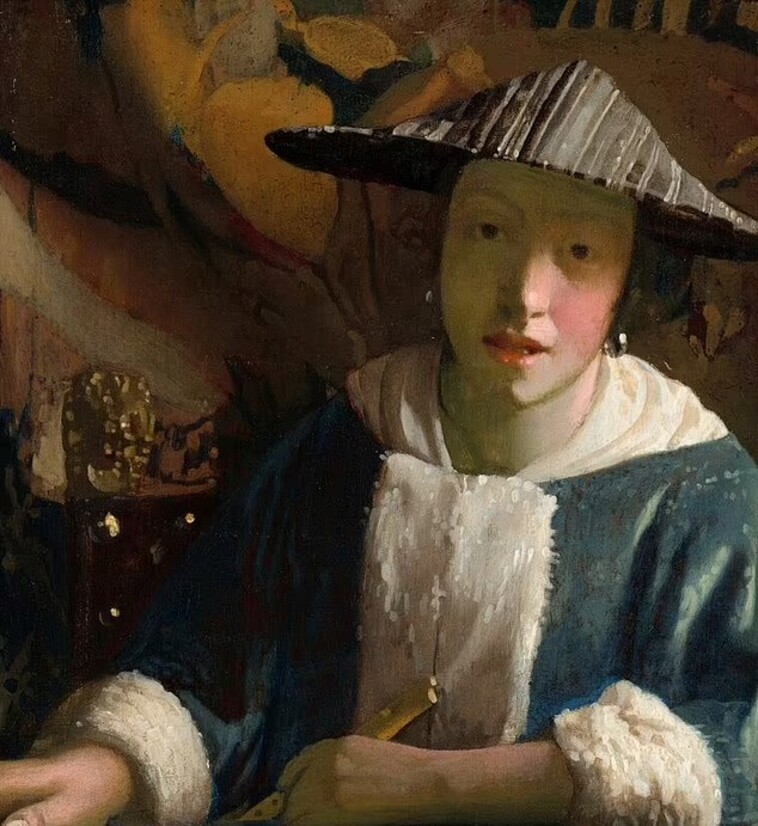
Source: National Gallery of Art
The director concluded by saying that these discoveries “add new insight to what we know about the enigmatic artist.”
